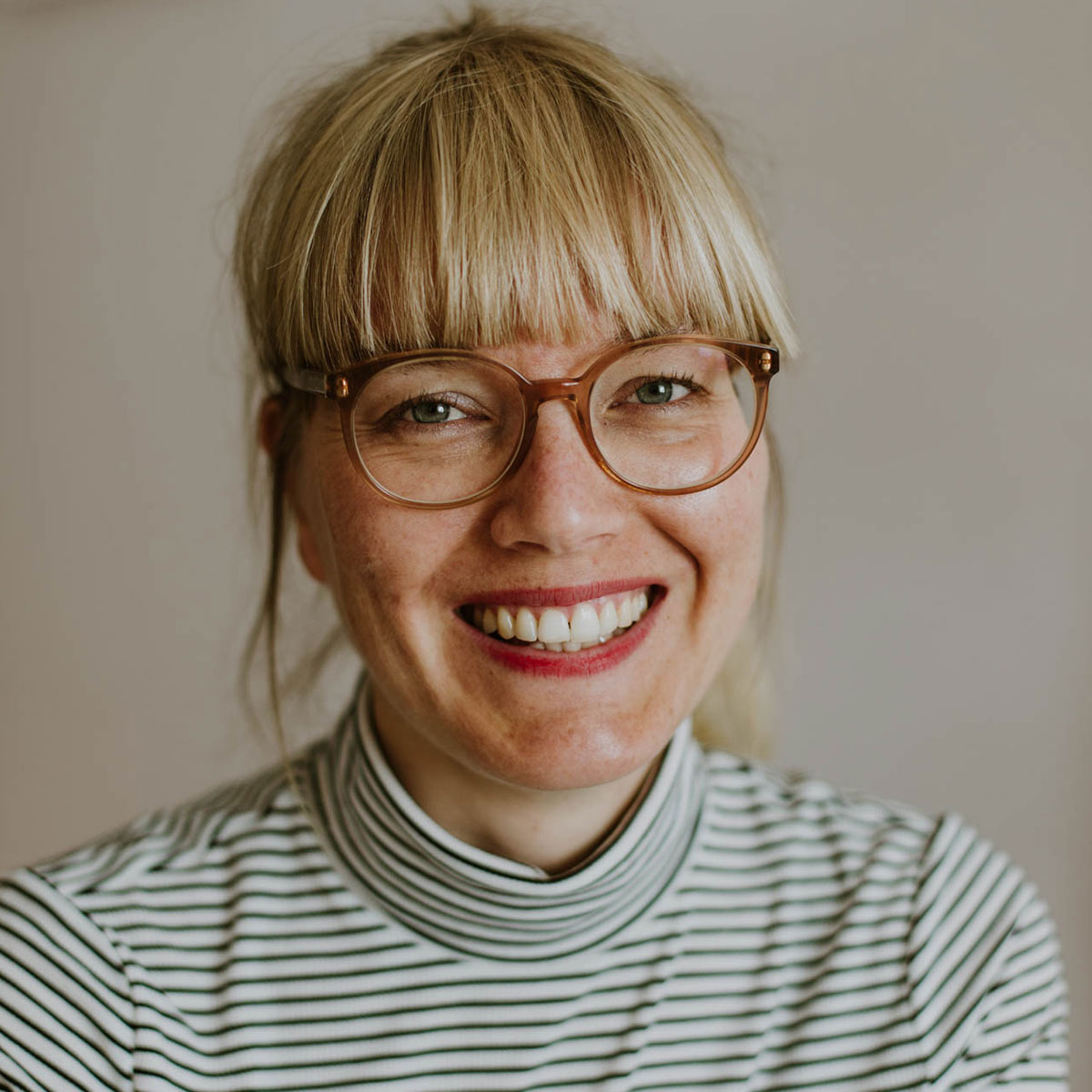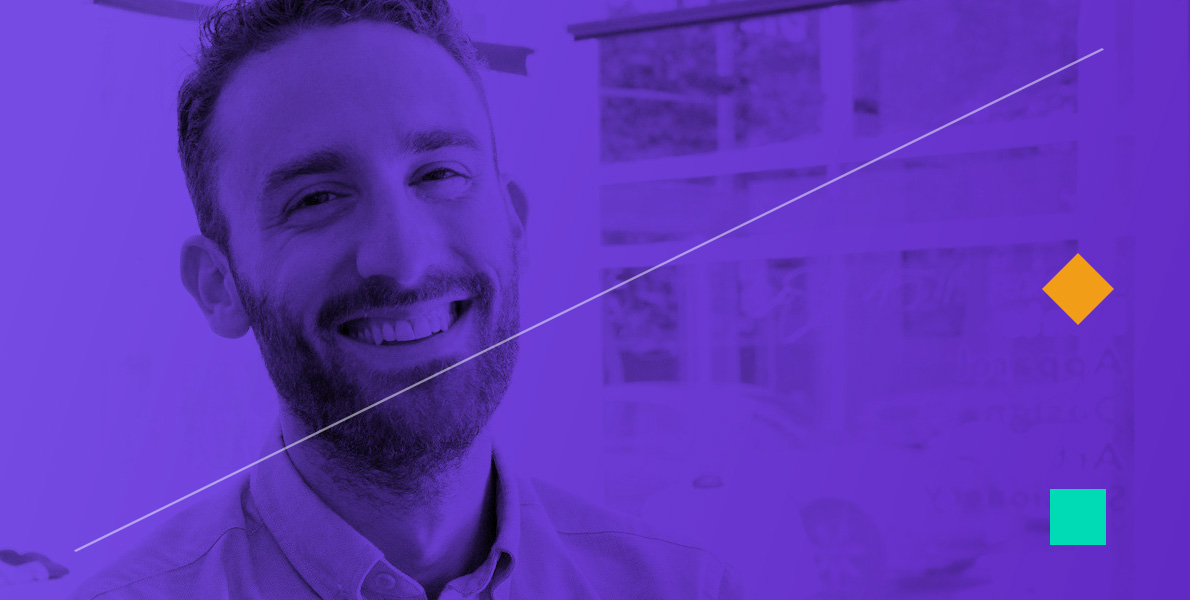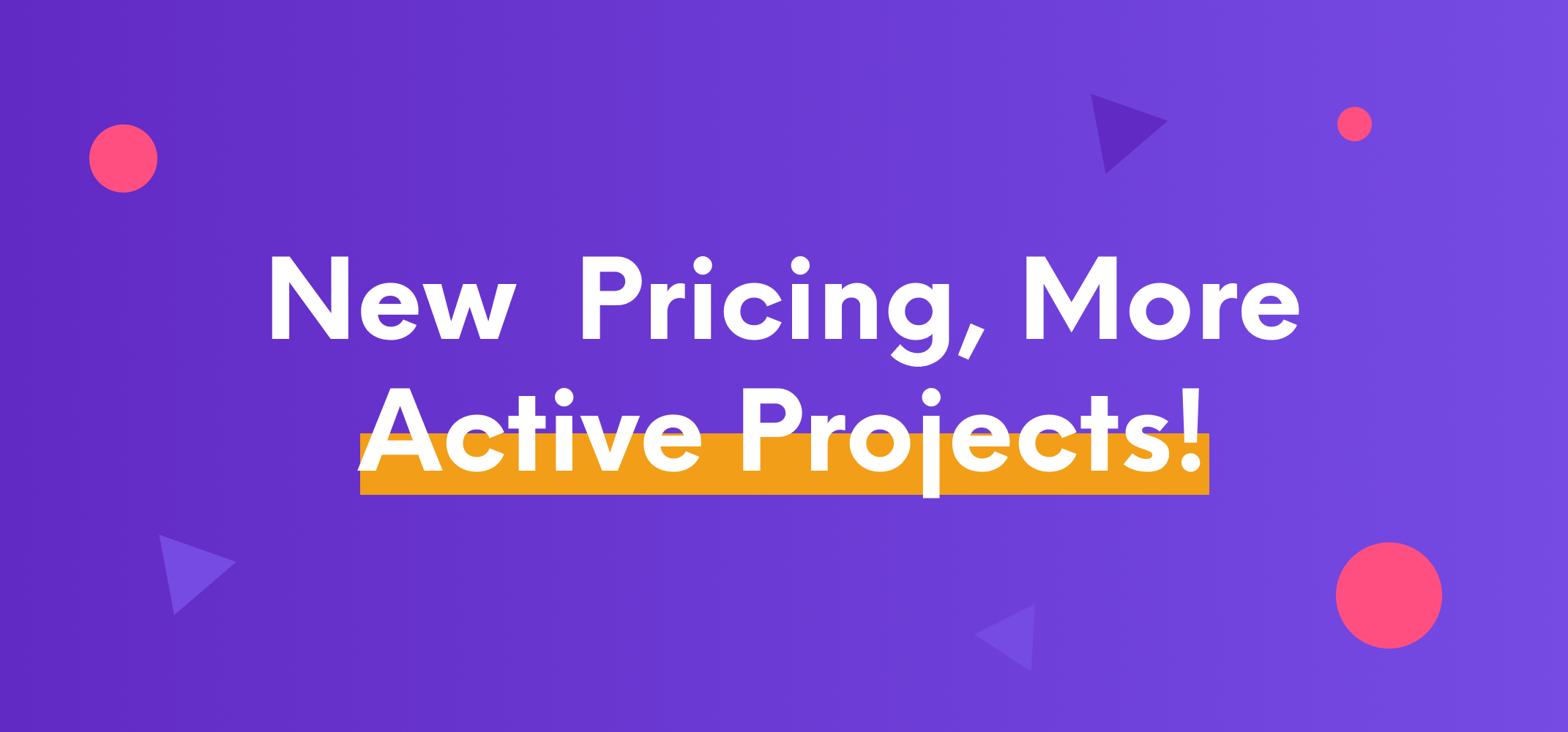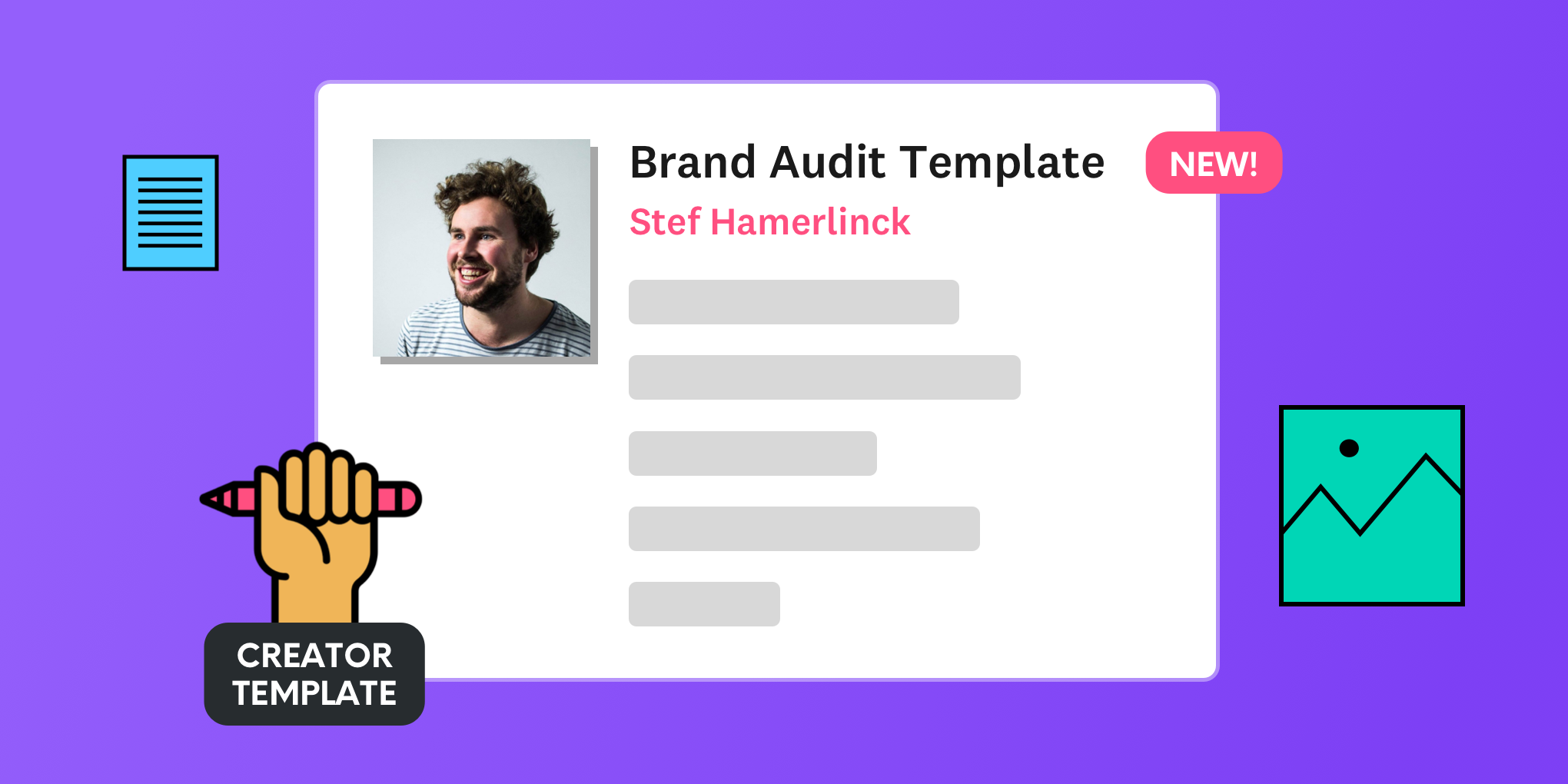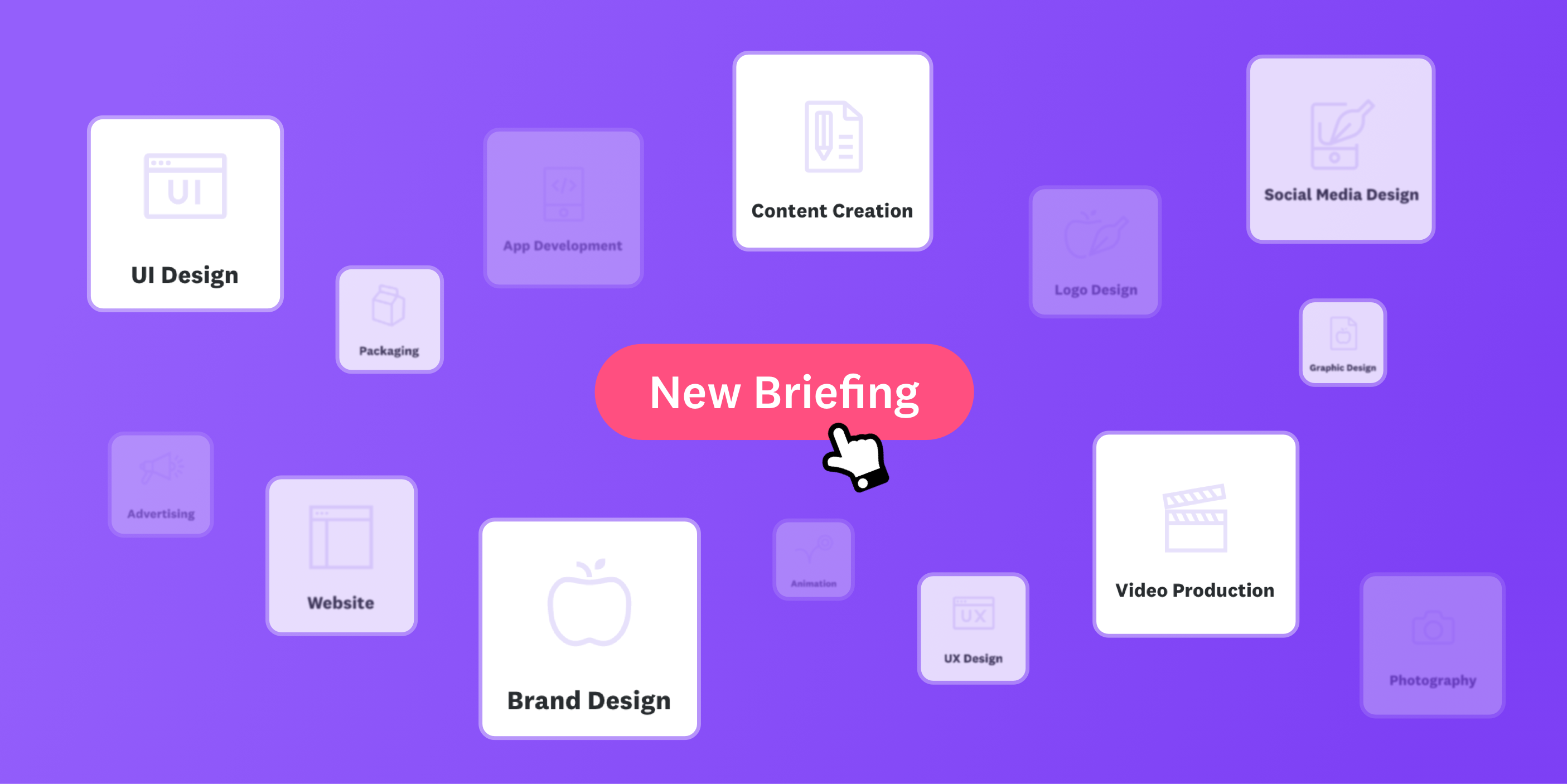Growing up in a writers household, Eli Altman took up his first naming project at the age of 16 and has ever since been enjoying manipulating language in new and creative ways as Creative Director of his naming studio A Hundred Monkeys – A small creative studio on a mission to help make a lasting impression, stand out in the crowd and tell the world what you’re made of.
After graduating from UCLA, Eli went on to work as a brand strategist at Meta Design in San Francisco where he helped position the naming process. In 2012, he transitioned to his current role at A Hundred Monkeys, the Californian based naming and branding studio started by his dad in 1990.
Having worked at bigger agencies, transitioning to a leadership role at A Hundred Monkeys has inspired Eli to invest a lot of time in the business side of running a small creative studio.
As he couldn’t find any comprehensive resources that answered all his business-related questions catered to smaller creative agencies, he started writing down his own experiences and lessons learned in the form of his second book Run Studio Run. When we think about the business aspects of running a creative studio, there are very few books that act as an accurate guide such as this one.
Small creative teams can execute work that’s every bit as good as a massive agency – often better.
So we were eager to get in touch with Eli and get insights into how his own studio incorporates processes, uses creative briefs, and hones their communication skills in order to leave enough room to explore the creative side of new projects.
We tackle pain points such as “How to solve being micro-managed?”, "Is being a generalist a good thing?” and "How to avoid getting typecast as a studio?”.
On top of that, you’ll get away with plenty of tips for small creative agencies, hopefully leaving you with to idea you are very much capable of handling the business side of things!
After graduating from UCLA, you interned at Factor Design and worked at MetaDesign as a brand strategist, what made you flow from designer to brand strategist?
Honestly, I felt I was a better writer than a designer. At that point, I had studied design for around five years but I had been writing for much longer. Both of my parents are writers. It felt like Brand Strategy made good use of my writing and critical reasoning skills while keeping me in a branding/design environment where I felt excited and engaged by all the work the studio was doing.
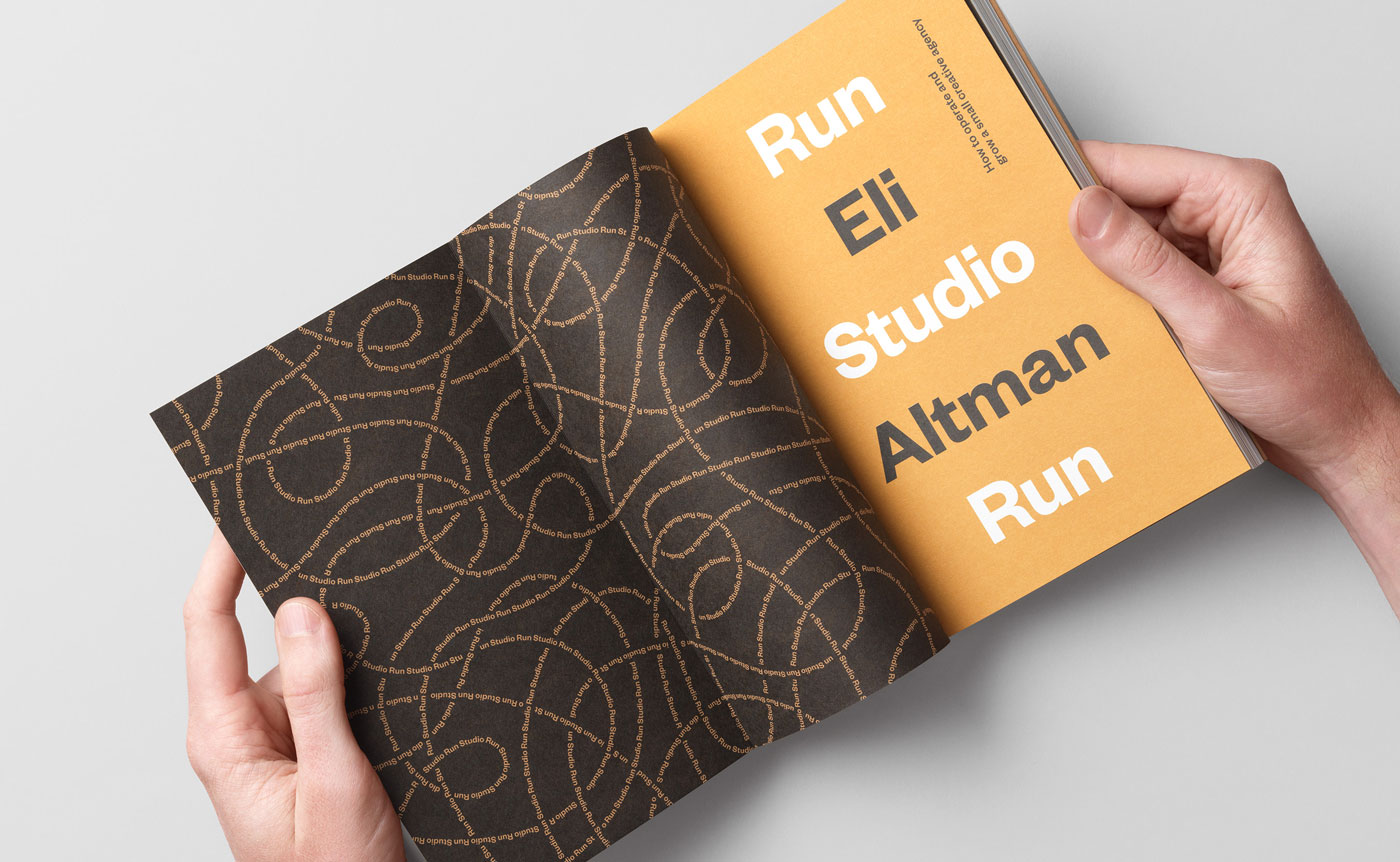
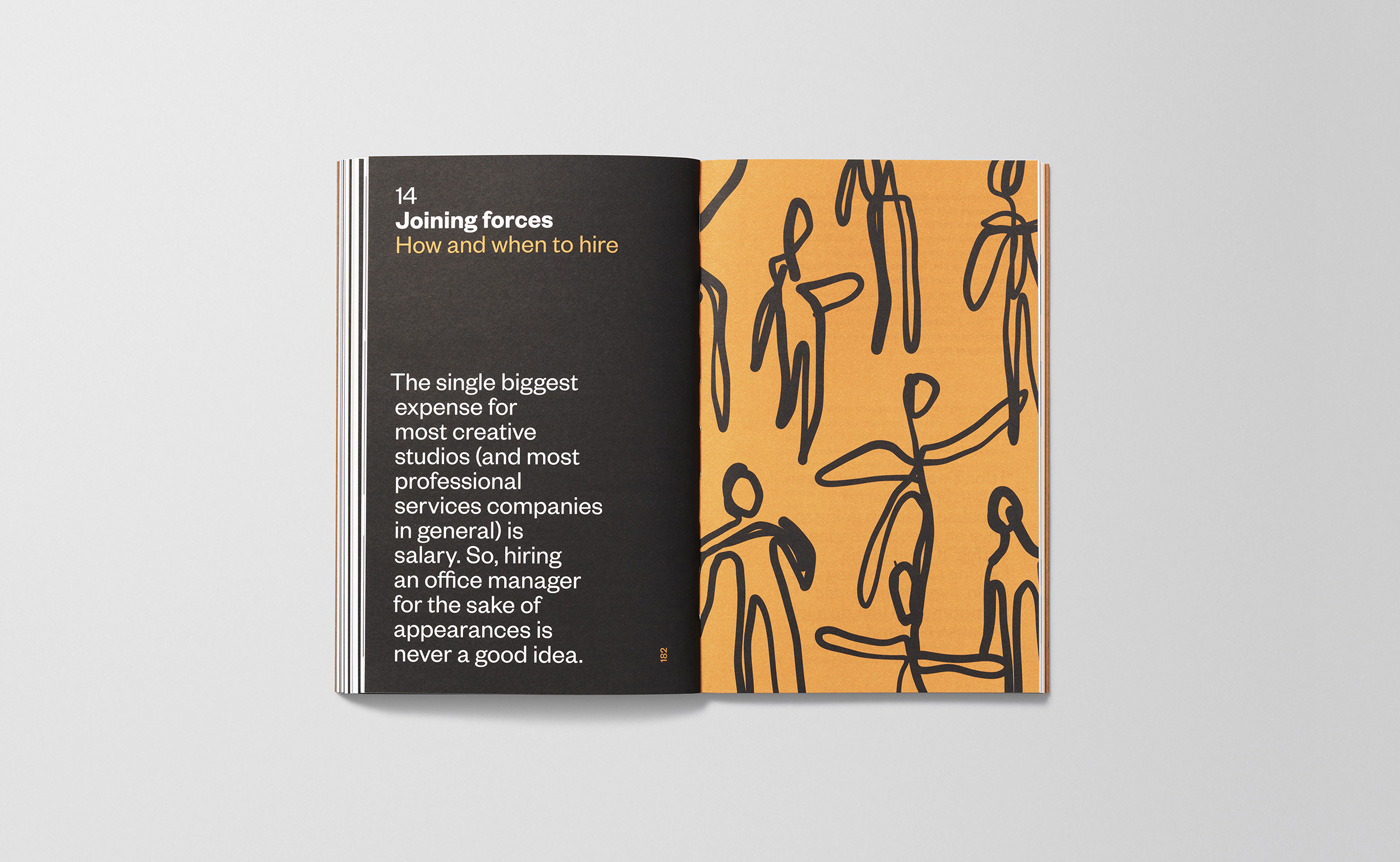
What was the key moment that made you decide to incorporate processes in the way you are running your own business now?
I’m not sure if there was a key moment. Processes take time to develop. It was easy to see that the studio could benefit from process because there were often times when people didn’t know what to do next or what specifically needed to be included in a presentation. These moments created bottlenecks with leadership where everything had to be approved at the top. Once there was buy-in on the process there were much fewer approvals necessary and this saved everyone time and headaches.
How do you empower a designer working in an agency where he is micromanaged to change this hard habit from above?
There are several ways to approach this. A lot of the answer lies in the motivations and behavior of the person doing the micromanaging. You could show them how adhering to a process would save them time. You could do some work on your own, outside of the office, to show them how far you can take a project on your own. You can proactively schedule a time for reviews with them and when they begin to micromanage you can say “This would be a great topic for our review.” The most important thing here is understanding why they’re micromanaging and then attempting to alleviate that pressure. You could also mail them my book anonymously.
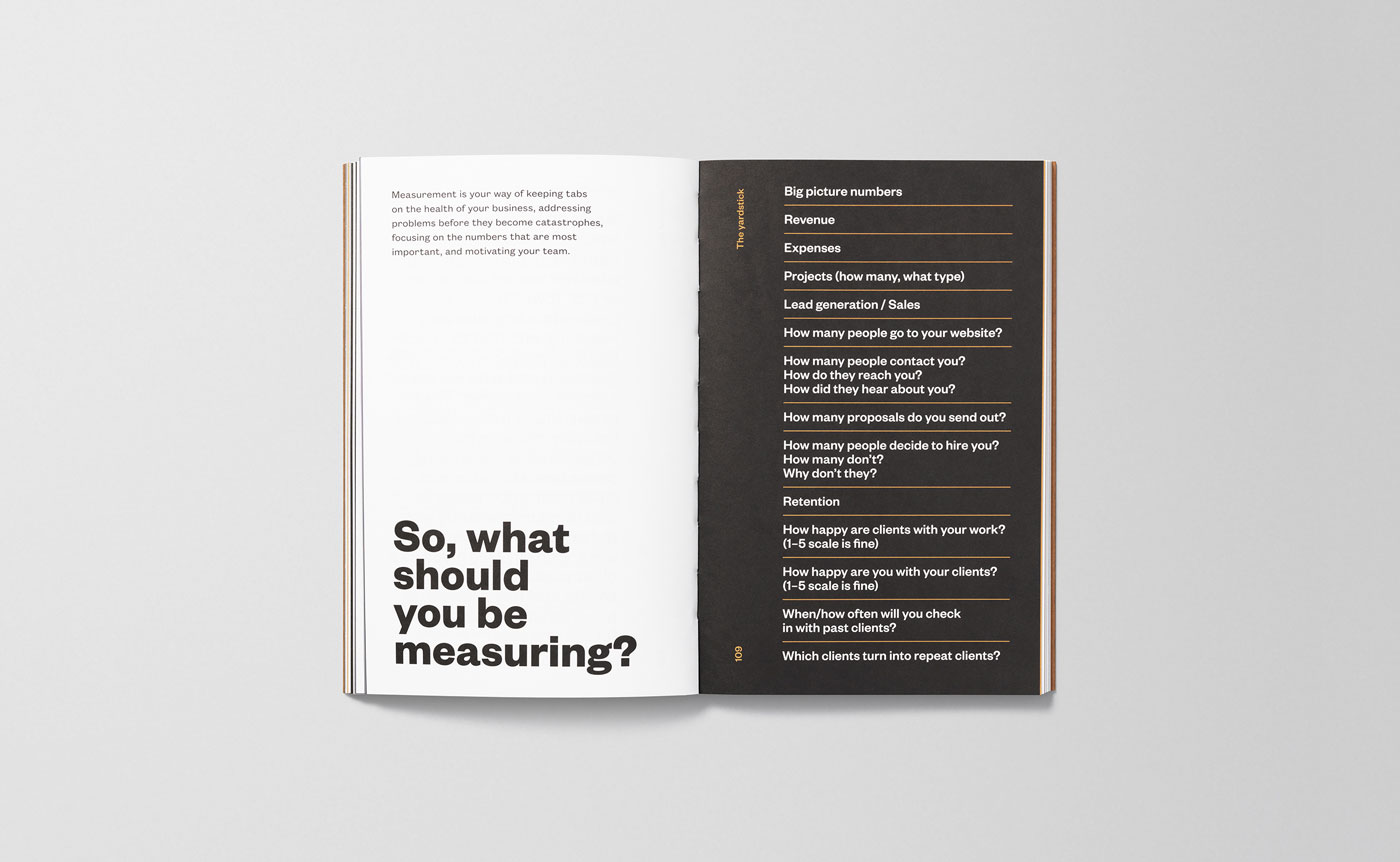
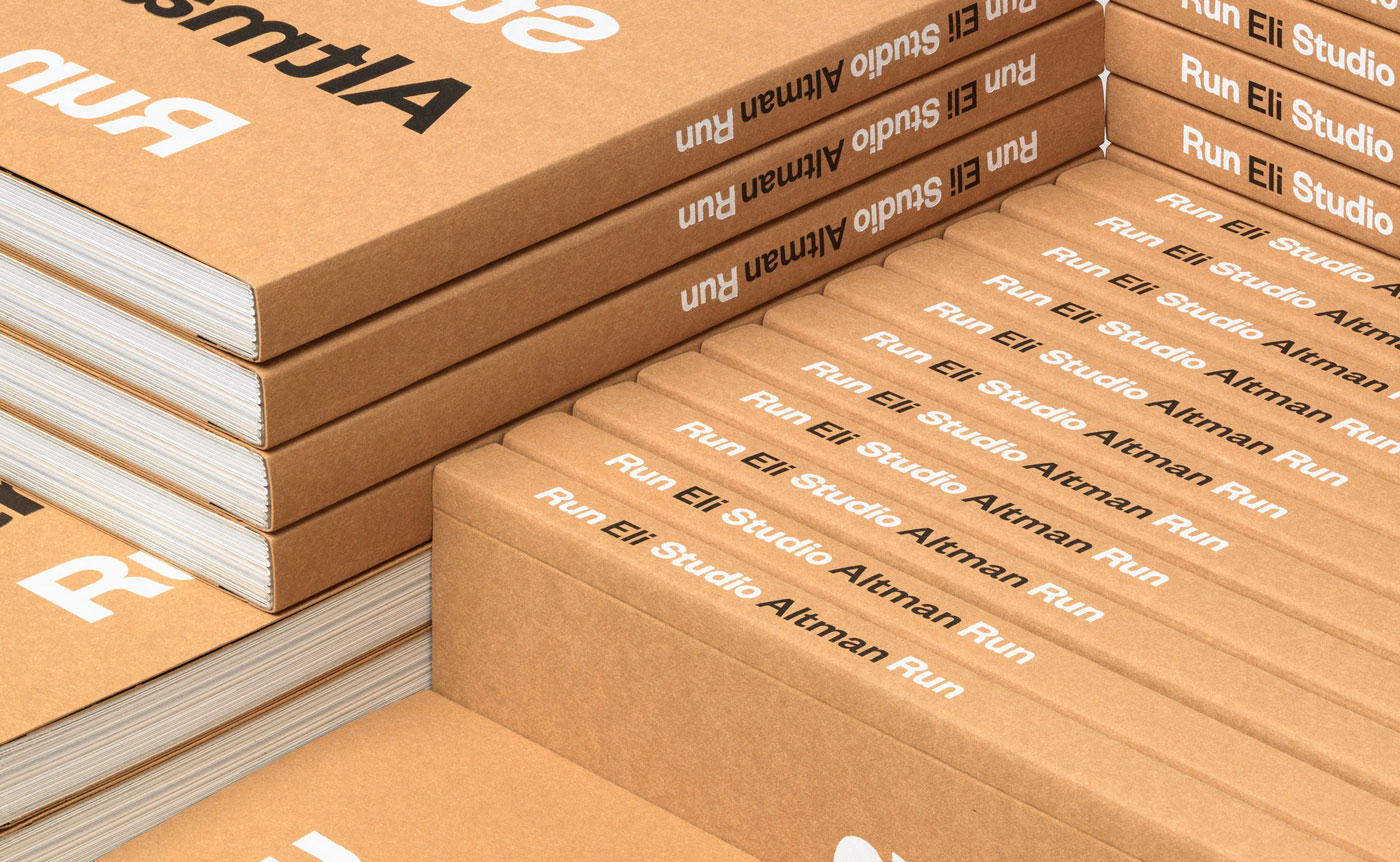
Within a new project at A Hundred Monkeys, how do you align all the people involved, make sure everyone knows the goals, responsibilities, and deliverables and expectations of the client?
At A Hundred Monkeys, two people make up the project team that is responsible for all client interaction. It is the job of the client team to translate the wishes of the client for the rest of the team. We have internal briefs where project teams explain the assignment, the people involved, the challenges, and give the rest of the team an opportunity to ask questions. Later in the day when the project team reviews the work that everyone comes up with, they can offer additional feedback or adjustments. Essentially we’re relying on our communication skills here.
As a company that’s hired to help clients communicate, we need to constantly hone those skills internally.
What do you do if results delivered (by your team) don't match yours or your client’s expectations and what could be possible reasons for this?
Well, if they don’t meet my expectations the work won’t be presented. I honestly can’t remember the last time this happened, though.
We do a lot of foundational work with our clients to prepare them for the creative work they’re going to see.
This helps to set expectations. Part of this is process and part of it is careful listening. If you can tell that a client is worried about a particular obstacle, you need to pause and talk them through it. Get to a point where there’s agreement about the best way to navigate it. Some people ignore the warning signs to forge ahead and “keep the project moving.” This creates misalignment in expectations.
A client you’ve been eyeballing for a while asks you to do their re-naming / re-branding. What does “the ideal” team look like to take on that challenge, what are everyone’s responsibilities and what “magic sauce” is needed to take this project to a good conclusion?
At A Hundred Monkeys, we’re big believers in being generalists. One of our internal goals is to make it so every person can be staffed on every project. We aren’t there yet, but we’re working on it. We do have people who have done a lot of a particular type of project or a lot of work in a given industry. But then you always need to weigh the benefits of reinforcing their expertise or giving someone else a new challenge with proper oversight. We try to staff projects with one senior creative and one junior creative. We’re just trying to make sure every project is a learning opportunity for someone. This brings fresh eyes and strong motivations. We also try to balance structure and creativity.
Every part of the project that isn’t creative (scheduling, briefing, etc.) is highly structured. This leaves room for us to explore the creative side of the project in whatever ways feel right.
What are the common frustrations designers within agencies are facing nowadays and how would you propose to overcome them?
You’ve hit on a big one with micromanaging. Another one I see a lot is getting typecast for a particular sort of project or style of execution. This is a mixed blessing. It’s great to have people want your work but it doesn’t feel great if they essentially want a repeat of the work you did for another client last year. If you play the villain in every movie people will start to forget you’re just an actor with feelings like everyone else. Showing work that’s representative of the work you want to be doing is one simple way to escape this trap.
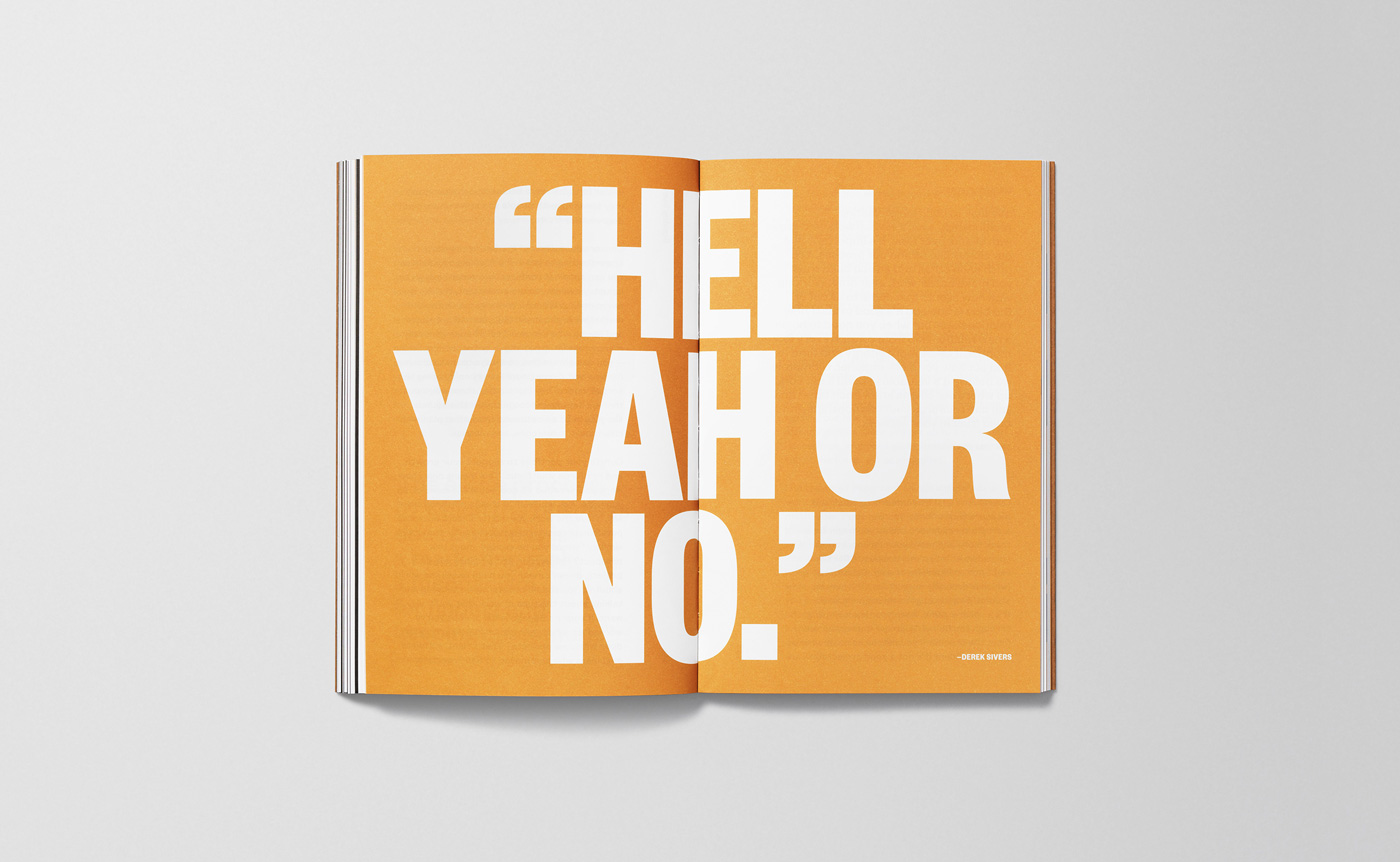
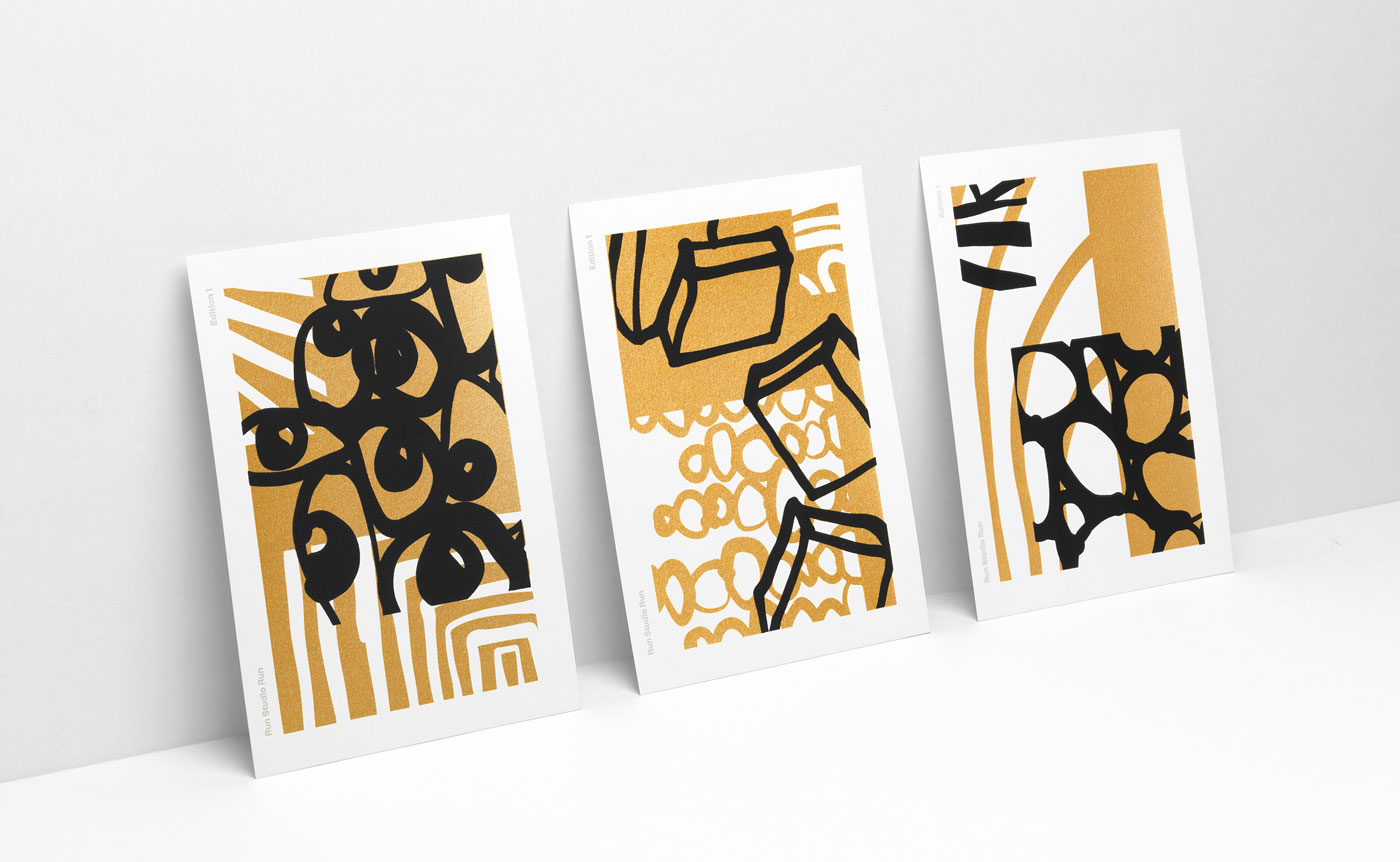
How do you see the future of small creative businesses? What do you think would be needed to help this scenario manifest?
I’m a big believer in small business generally. I know what it’s like to work at a company that’s too big. Small creative teams can execute work that’s every bit as good as a massive agency – often better. Small studios are usually more inspiring, offer better learning opportunities, and are generally more fun to work with. I know there are terrific big studios out there, I just don’t ever see myself working at one again. Small studios keep it weird. I like that.
Generalist or Specialist? (In the concept of a small creative business) And why?
Generalist. Definitely. Our world is too big and wild and diverse to lock yourself into doing one little thing. Even if you do one little thing, thinking about how it interacts with other fields, media, ideas is critical.
Everyone is a generalist whether they like it or not. You can’t be a functioning human otherwise. Embrace how your work interacts with the world.
In what ways is running a creative studio similar to running a law firm or startup and in what ways is it different?
I think most people are clear about how it’s different but neglect to think about how it’s similar. It’s a business, a career. There’s hiring and process and communication and clients. There’s a lot that creatives can learn from how people operate non-creative business even though I know most creatives are allergic to what goes on in a law firm or management consultancy.
“Can’t I just get someone else to handle the business part?” – Thoughts?
Ask Billy Joel.
As a one-person-creative-business, what are the signs to look out for to decide if it’s time to hire your first employee or to stay a company of one?
Generally, I’m a big believer in hiring out of need, not want. If you’re working non-stop and neglecting simple things that need to get done like feeding yourself and going to the bank, you should probably hire someone. If you can do all your work and still have time to cook a nice dinner and watch Netflix, you’re probably doing ok.
Name 3 professional resources you can not work without? And 3 resources you can not live without. (books, apps, programs, marketing tools, podcasts, tools, etc)
Can’t work without:
- Wikipedia
- Monthly calls with friends who run other studios
- This 10-hour loop of Song on the Beach
Can’t live without:
- Pocket-sized notebooks (preferably Leuchtturm)
- Daily afternoon walks without my phone
- Natural resources: mountains, oceans, fresh water, hiking, trail running

What’s the main aim of your book: Run studio Run?
Run Studio Run is a book that details how to manage and grow a small creative studio. The book is a step-by-step guide that helps you look at your studio critically — as a business as opposed to an artistic endeavor. You will establish goals and paths for reaching them. You will see that the more of your business you can commit to process, the more you will free yourself up to do the work you really love.
—
Thanks, Eli for giving us an insight into how you are running your creative naming studio! Follow his studio’s creative endeavors and read up on Eli’s personal insights or trail his day to day on Twitter.
Want to optimize your briefing process and align better with the team and clients? Try out HolaBrief's TEAM plan, contact us for more info.
